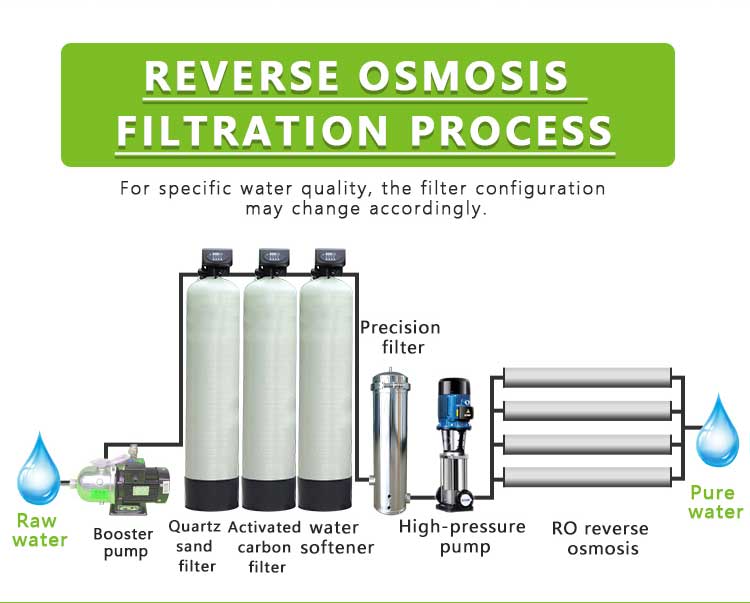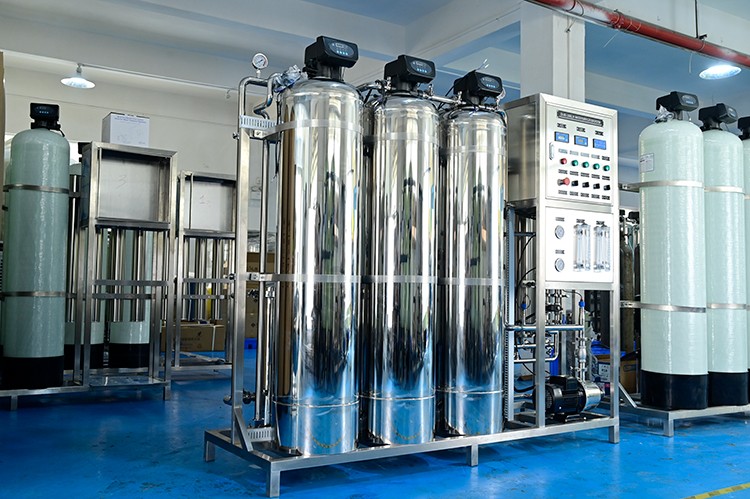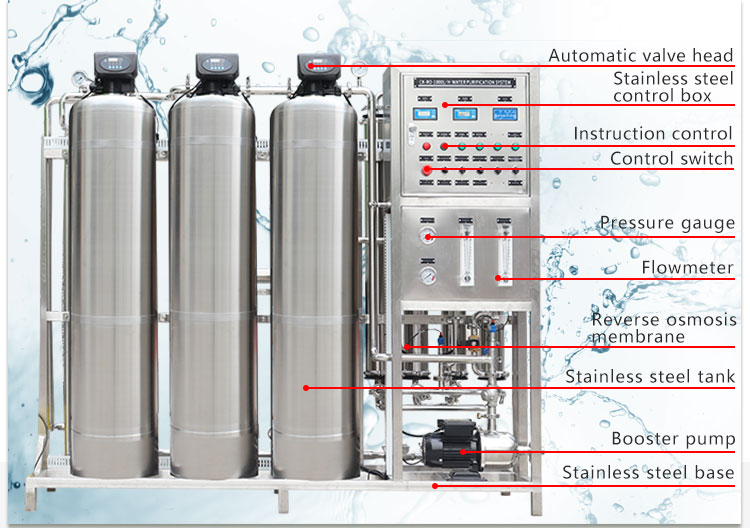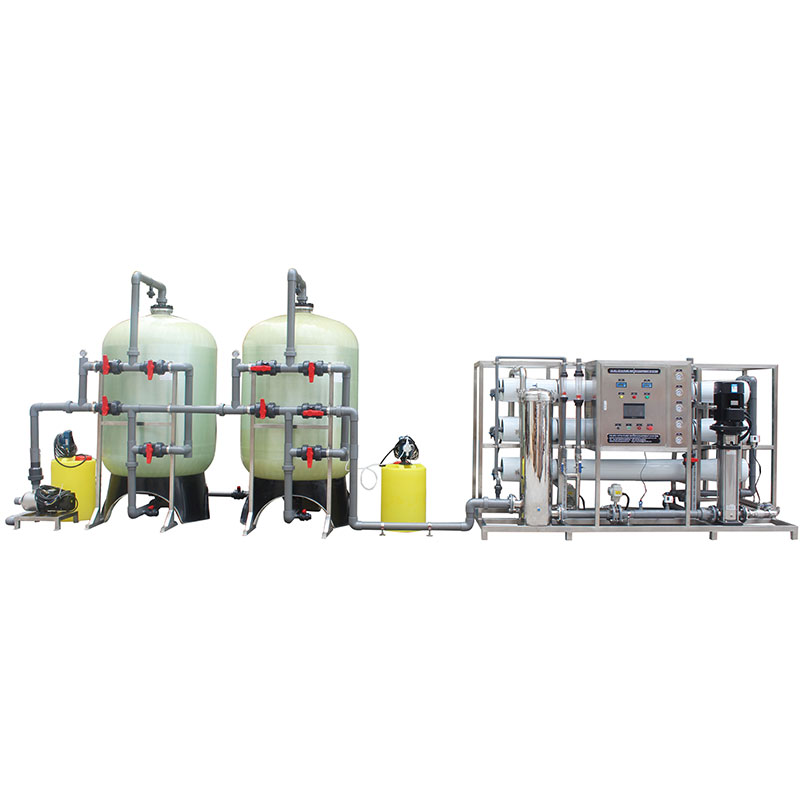What is the best coagulant for water treatment?
Water treatment is one of the key links in modern social security for public health and environmental safety. In the water treatment process, the selection and use of coagulants play a vital role. Coagulants can not only effectively remove suspended matter, colloids and organic matter in water, but also improve water clarity and reduce water turbidity.
So, what is the best coagulant for water treatment? This article will explore this issue in detail and analyze the advantages and disadvantages of different types of coagulants.

What is the role of coagulants in water treatment?
A coagulant is a chemical substance that can aggregate fine suspended particles and colloids in water into larger particles. This process is called coagulation. The coagulation process is an important step in water treatment, especially in drinking water and sewage treatment plants. By adding coagulants, suspended matter and colloids in water can quickly form flocs (i.e., alum flowers), which are removed during sedimentation or filtration, thereby purifying the water quality.
The main purpose of the coagulation process is to remove pollutants such as fine particles, microorganisms, organic matter and heavy metals from water, while reducing the turbidity and color of water. Different water qualities and treatment requirements require the use of different types of coagulants, so choosing the right coagulant is crucial for water treatment effects.

What are the types of common coagulants?
At present, the coagulants used in the market are mainly divided into three categories: inorganic coagulants, organic coagulants and polymer coagulants. Each type of coagulant has its own unique chemical properties and application scenarios. The following is a detailed introduction to these coagulants:
Inorganic coagulants
Inorganic coagulants are one of the most commonly used water treatment coagulants, and their main components are usually metal salts, including aluminum salts and iron salts.
● Aluminum sulfate (Alum): Aluminum sulfate is one of the most common inorganic coagulants, mainly used for drinking water and wastewater treatment. Aluminum sulfate hydrolyzes in water to form aluminum ions (Al³⁺), which combine with colloidal particles and suspended matter in water to form flocs that are easy to settle. Aluminum sulfate has a good coagulation effect, but it is less effective in low temperature and low turbidity water quality. In addition, the use of aluminum sulfate may cause a certain amount of aluminum ions to remain in the water, which has potential effects on human health.
● Polyaluminium chloride (PAC): Polyaluminium chloride is a modified aluminium salt coagulant with a more complex molecular structure than traditional aluminium sulfate and can function over a wider pH range. PAC has a high coagulation efficiency and can effectively remove suspended solids and organic matter from water while producing less sludge. Due to its good performance, PAC is widely used in drinking water and industrial water treatment.
● Ferrous sulfate and ferric chloride: Ferric salt coagulants, such as ferrous sulfate and ferric chloride, are also widely used in water treatment. They hydrolyse in water to form iron ions (Fe³⁺), which form floccules by combining with suspended particles and colloids. Ferric salt coagulants have good effects in water with high turbidity and high organic content, but their coagulation effect under low temperature conditions is not as good as that of aluminium salt coagulants. In addition, the use of iron salts may cause the water to darken in color, so their application in drinking water treatment is subject to certain restrictions.
Organic coagulants
Organic coagulants are a class of coagulants based on organic compounds, mainly including polyacrylamide (PAM) and its derivatives.
● Polyacrylamide (PAM): PAM is a high molecular weight organic coagulant with strong adsorption capacity, which can aggregate suspended solids and colloids in water into larger flocs. PAM is widely used in sewage treatment, papermaking, textiles and oil extraction. According to the molecular structure of PAM, it can be divided into cationic, anionic and non-ionic types. Cationic PAM is usually used for negatively charged pollutants, while anionic PAM is used to treat positively charged pollutants. The advantages of PAM are that it has a small dosage and good coagulation effect, but its cost is high, and some PAM may produce toxic byproducts during the degradation process.
Polymer coagulants
Polymer coagulants are a new type of coagulant developed in recent years. They are usually made of organic polymer compounds with high molecular weight and long chain structure.
● Polyferric sulfate (PFS): Polyferric sulfate is a high molecular weight iron salt coagulant with high coagulation efficiency and a wide pH adaptability range. PFS can achieve good coagulation effect at a lower dosage while reducing the generation of sludge. Due to its advantages in treating water with high turbidity and high organic content, PFS is widely used in municipal sewage treatment and industrial wastewater treatment.
● Polyaluminium ferric chloride (PAFC): PAFC is a polymer coagulant composed of polyaluminium chloride and iron salts. It combines the advantages of aluminum salts and iron salts, has better coagulation effect and a wider range of applications. PAFC performs well in treating low-temperature, low-turbidity water, and the flocs it generates are dense and easy to settle. PAFC is usually used in drinking water treatment, industrial water treatment and urban sewage treatment.

What are the considerations when selecting a coagulant?
Selecting a suitable coagulant is the key to the success of a water treatment process, and water quality characteristics are the primary factor in determining the selection of a coagulant. Different water sources have different turbidity, organic content, pH value and temperature, so when selecting a coagulant, it is necessary to adjust it according to the specific water quality conditions. For example, in high turbidity water, iron salt coagulants may be more effective, while in low-temperature and low-turbidity water, PAC or PAFC performs better.
Secondly, the treatment goal is an important consideration when selecting a coagulant. Different water treatment processes have different goals. Some processes are designed to remove suspended solids and turbidity, while others require the removal of organic matter or specific pollutants. In this case, choosing a coagulant with specific properties will help achieve the best treatment effect.
In addition, cost-effectiveness is a factor that cannot be ignored when selecting a coagulant. Although some high-efficiency coagulants can significantly improve water treatment effects, their high cost may not be suitable for large-scale applications. Therefore, in practical applications, it is usually necessary to find a balance between coagulation effect and cost, and select a coagulant that is both economical and efficient.
Finally, environmental impact is a factor that has received increasing attention in modern water treatment processes. Some coagulants may have adverse effects on water bodies or ecological environments during use, such as residual metal ions or toxic byproducts. Therefore, when selecting a coagulant, its potential impact on the environment should be considered, and those environmentally friendly products should be given priority.

What is the most suitable coagulant for water treatment?
Based on the above discussion, the most suitable coagulant for water treatment depends on the specific water quality characteristics, treatment goals and economic considerations. Generally speaking, the following coagulants perform well in water treatment:
● Drinking water treatment: In drinking water treatment, PAC (polyaluminium chloride) and PAFC (polyaluminium ferric chloride) are usually the first choice. These two coagulants not only have good coagulation effects, but also work in a wide pH range to ensure the safety and quality of the effluent.
● Sewage treatment: For municipal sewage treatment or industrial wastewater treatment, PFS (polyferric sulfate) and PAM (polyacrylamide) perform well. PFS is effective in treating high turbidity water, while PAM is widely used in various sewage treatment scenarios due to its efficient adsorption capacity.
● Special water treatment: Under some special water conditions, such as high organic matter content or low temperature water, composite coagulants, such as PAFC, can often provide better treatment effects.




